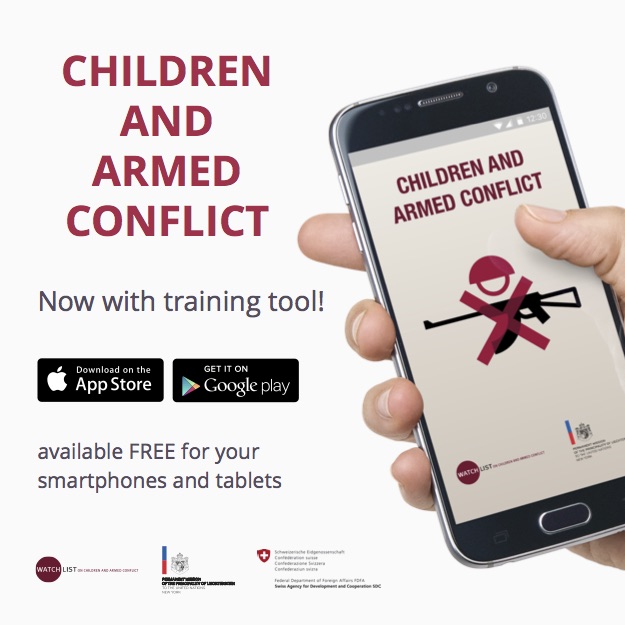On 25 March 2015, the UN Security Council (UNSC) held an Open Debate on children armed conflict under the Presidency of France on children as victims of non-State armed actors (ANSAs). The open debate did not result in an outcome document, but is followed by a non-Paper summarizing actions proposed by Member States on how to prevent and respond to violations committed by armed groups against children. For the second year in a row, this was the first of two thematic debates on children and armed conflict. The second open debate is anticipated to take place in June, following the publication of the 14th Annual Report of the Secretary General on Children and Armed Conflict.
At the open debate, 75 delegations intervened, representing 183 countries. The tone of the debate was constructive, with Member States delivering tangible suggestions for engagement with non-State armed actors. The most prominent themes addressed were (1) requesting the Secretary-General to include in the annexes to his reports on children and armed conflict (CAAC) those parties to armed conflict that engage in abductions of children, (2) attacks against schools and the military use of schools, (3) a call on governments to facilitate engagement of ANSAs, and (4) the need to include CAAC concerns in peace processes.
First, 21 delegations endorsed expanding the gateway to the annexes of the SG’s annual report to include the grave violation of abductions, signaling broad support for a normative expansion of the CAAC agenda.
Twenty-four delegations expressed deep concern over attacks on schools, and 16 particularly spoke out against the military use of schools. Member States also cited specific measures that may be adopted to prevent attacks against education. Seventeen delegations called for governments to facilitate the engagement of ANSAs by the relevant UN offices for the purposes of developing action plans and other protective measures. Six Member States made negative remarks concerning UN access to ANSAs for the purpose of humanitarian dialogue.
Fifteen delegations called for the inclusion of CAAC concerns in peace processes, four of which specifically called on the UN to develop guidance for mediators for addressing conflict-related violations perpetrated against children, and two for encouraging third party negotiators to mobilize ANSAs in support of action plan adoption and implementation. Similarly, sixteen delegations invoked the need for inclusion of CAAC in UN-mandated peace and political missions, validating the crucial role of the UN and regional peace operations in child protection.
Lastly, looking at the Security Council Working Group on Children and Armed Conflict for tools to engage ANSAs, five delegations called for increase in the range and frequency of the tools from its toolkit, while 14 delegations in particular spoke of sanctions as an effective tool for promoting accountability among ANSAs for grave violations against children.
Watchlist’s analytical summary of the debate provides more detail regarding specific themes featured in the debate, as well as an overview of the statements by participating delegations that pertain to Watchlist’s key recommendations to the UNSC.



